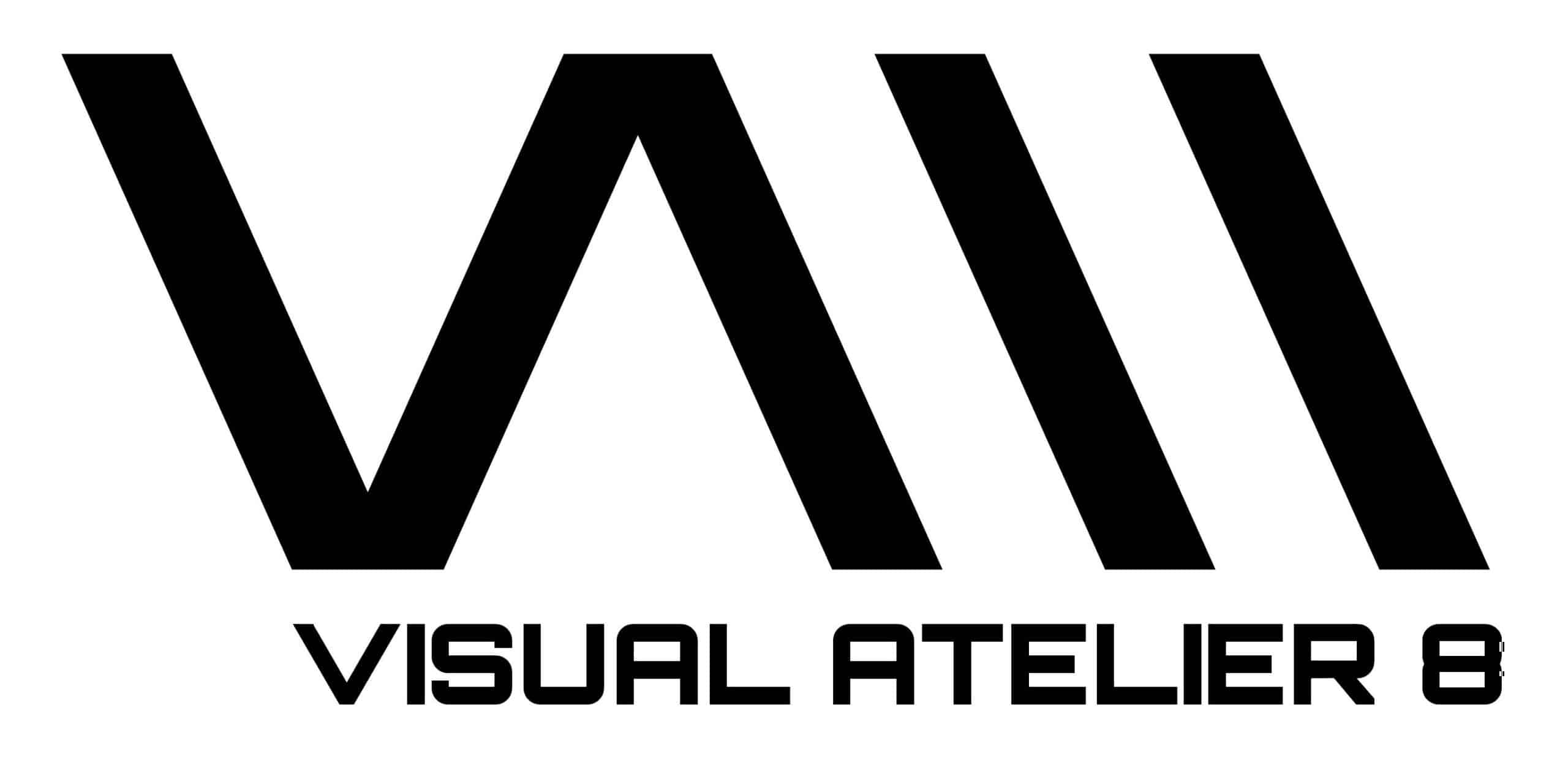
Please explain to us how you came to embrace the iconic form of your figures?
I’ve been working with female figures for several years now; as a woman myself, it was just an instinctual choice of how to best narrate or represent my ideas. They’ve gradually evolved in shape and appearance over time and I’m sure will continue to change as I keep working. The figures I use don’t have a lot of distinguishing characteristics because to me they are meant to be more of a representation of all humans or a community of people at large rather than a delineation of specific individuals.
The rounded monumental forms of Picasso as seen in the painting, “Two Women Running on the Beach”, and the recognizable cylindrical silhouettes of Fernand Léger, both seem to exist as primitives for your super flat females. With this in mind, do you willingly make creative connections to these male artists?
While I respect both of those artists greatly, I don’t have a conscious connection to them or these works of art in specific, no. Of course, the female figure has been depicted in various ways across all mediums since the beginning of time. I’m extremely inspired by imagery from ancient civilizations, for example. Threads of inspiration can certainly be found in any source, regardless of the gender of the artists or the figures depicted.

In your opinion, in which ways, if at all, does one global identity and the homogenization of the feminine lend to female empowerment? Is your work at all feminist?
I am certainly a feminist, so I’m sure my work has elements of feminism or ideas around women empowerment woven in. Many elements of my self and my own history, desires, emotions are shared in my paintings, whether consciously or not. With our global community being able to be so much more condensed and interwoven now, we have an ability to have a much more expansive dialogue and communal understanding around the experience of being a woman and how widely inclusive that can be. I am first and foremost interested in exploring our shared humanity.
The delicateness of your painting style straddles the categories of illustration and printmaking, what is it about your technique that expresses something profound about you that people may not know?
I am definitely a minimalist in my life. I like to keep things as simple and clear as possible on both the physical and the relational planes; minimalism helps me to tame my very overactive mind and experience more feelings of calm.

How do you feel about vector art and digital drawing? Do you prefer analog with brush and paint over a tablet and stylus? What to you makes these differ most?
I much prefer working analog; I really dislike working digitally and really only use the computer for initial research purposes like playing around with color combinations or mocking out rough compositional ideas. Every sketch I make for painting preparations is always done by hand. I’m not exactly sure why I feel this way; there’s just something more immediate and connected, more tangible, about working with a pencil and paper. There’s more emotion available there. I don’t foresee that changing for me, it’s just how I have discovered that I like to work.
What milestones have held the most important lasting effect for you and why?
Looking back, I would say so far my most important life milestones have often been my most difficult experiences to go through – events that were traumatic or very emotionally fraught periods. These are times in life when everything external falls away and we are forced to really get raw as a human and confront things from a new and deeper perspective; they’re transformative. I am someone who has always had a lot of fear around changes and risk, and often these hard times in my life have served as catalysts for big leaps and new ways of approaching my work and my life.

Does art have to be ugly in order to be confrontational?
No, I don’t think so. What is perceived as “ugly” is of course extremely subjective, as is what is considered “confrontational.” So it’s a difficult question to answer.
If you had the chance to transmute your visual language into a sentence or more, what would it have to say?
I’m interested in exploring our shared humanity and the existential ideas or feelings around being alive which are present on a more emotional or spiritual plane, just out of reach of words.

All images courtesy of Laura Berger, shared with permission

